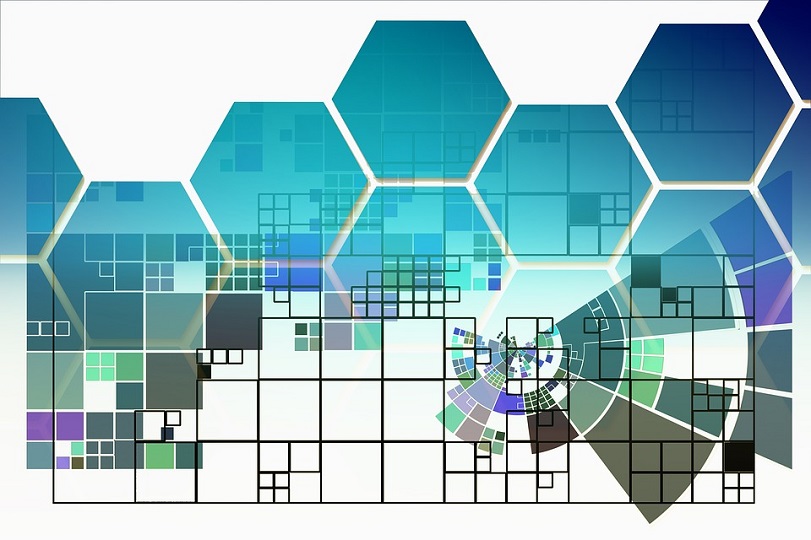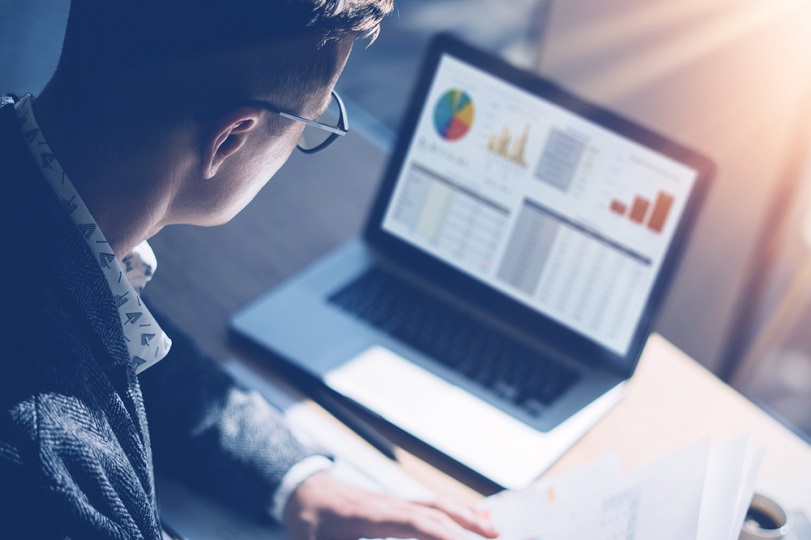Physical Address
304 North Cardinal St.
Dorchester Center, MA 02124
Physical Address
304 North Cardinal St.
Dorchester Center, MA 02124


Modern data slowly transforms the world around us in new, interesting ways. More importantly, it changes the way we interact and engage with our surroundings.
At a concert or big event, for instance, data may be used to tell us where we’re seated, or when is the best time to go to the bathroom or grab a bite to eat. While driving, data may tell us the fastest or currently congested routes. At work, data may tell us new and interesting ways to complete a project, some faster and more efficient than conventional methods. For retailers and businesses, data informs them of things like what we like, what we buy and how much we’re willing to spend.
But many different forms of data exist. Static data, for instance, is usually stored en masse on a remote server somewhere. Then there’s real-time or rapid data which flows at incredible, lifelike speeds. It allows retailers like Amazon to make product suggestions to you in the moment, or social networks like Facebook to present relevant ads shortly after you browse a store’s site.
Real-time data — or data for in-the-moment use — also ties directly into real-time analytics. Collectively, it’s a convenient and useful system that allows parties to tap into up-to-date information streams about a particular location, device, person or topic. Manufacturing plants can now monitor the performance and health of equipment and machines on the work floor using real-time data and monitoring devices.
Much of the adoption we see today is facilitated by modern technologies such as IoT or the Internet of Things, automation and AI, and big data systems. Here are some ways it affects our lives, both at home and at work.
Table of Contents
GPS tracking, at least for vehicles, has been around for some time. It makes sense why a major business or delivery service would want to keep up-to-date on their fleets whereabouts. Of course, this also entails collecting and sharing relevant data to personnel and drivers too, such as traffic info, route times and potential shortcuts.
Time and schedules matter, especially to consumers. Sixty-seven percent of people would never do repeat business with a company if their technician or personnel is over an hour late to an appointment.
The technology has also expanded to work with wearables, mobile devices and handhelds too. This enables location tracking even outside of vehicular situations. Although, this kind of tracking must be deployed with limitations. Tracking employees while off-the-clock or off-duty is unethical and unwarranted. Still, it’s nice to know where employees and important workers spend time during their workday.
Uber uses location and performance data collectively to set rates, monitor driver performance and inform future decisions.
Real-time data in healthcare can be used in many ways, but the most pertinent is streamlined personalization and highly-informed decision making. Analytics tools can help physicians decide an appropriate course of action for injured or disabled patients.
Using the help of real-time data in a hospital emergency room, for instance, professionals can better manage their time. They can work with the patients who have dire injuries and wounds first and systematically take additional patients in-between. But the information and data they use to decide this information is more up-to-date and live than something they’d see on paper. IoT sensors and wearables can fasten to patients to provide current stats and information.
Rather than choose or single-out one industry, it makes more sense to talk about the technology facilitating change. You see, IoT or the Internet of Things is sweeping across many sectors from manufacturing and product design to retail.
In short, it relates to any “connected” or “smart” device that uses an active internet connection to collect, store and transmit data. This can be anything from a smartphone or fitness tracker to an internet-ready industrial hardware sensor.
It has opened up a limitless supply of opportunity in regards to tracking, real-time monitoring and overall knowledge. In a modern factory, for instance, sensors can keep an eye on performance, efficiency and reliability of hardware and machines. When something malfunctions or looks like might, technicians can take action to mitigate downtime for the organization.
On the consumer side of the equation, however, it provides more data and information than ever before. We can use IoT devices to monitor our homes even when away, measure our personal health and fitness levels or learn more about our surrounding environment.
As we make a push toward smart cities of the future, the technology and devices we use in our daily lives will become more advanced, more connected and smarter. This adds a level of convenience for us like never before — think turning on a light remotely from a smartphone or controlling devices using only your voice. And with every new device comes more data, and more ways we can use it to enrich our experience.